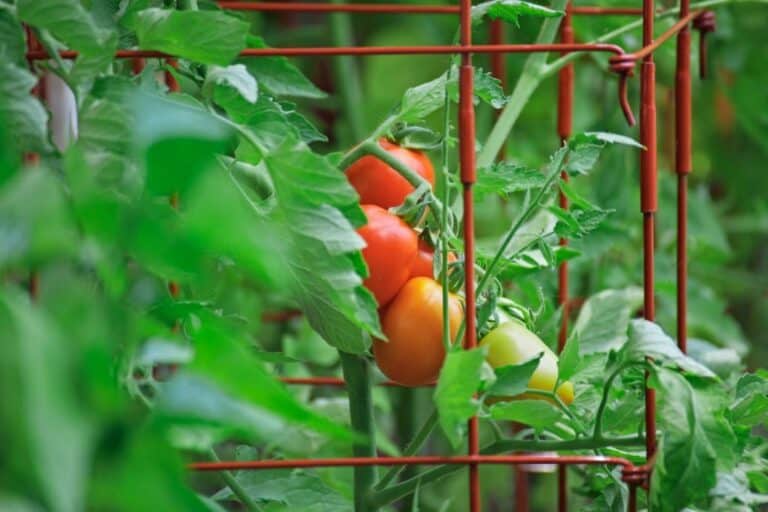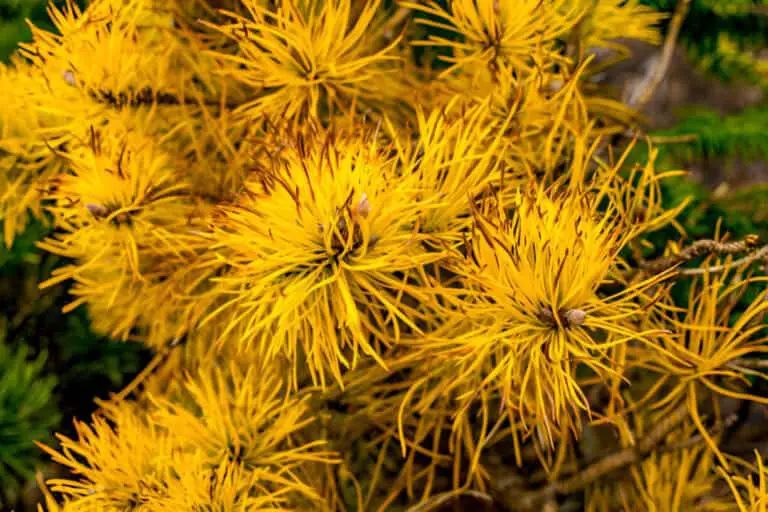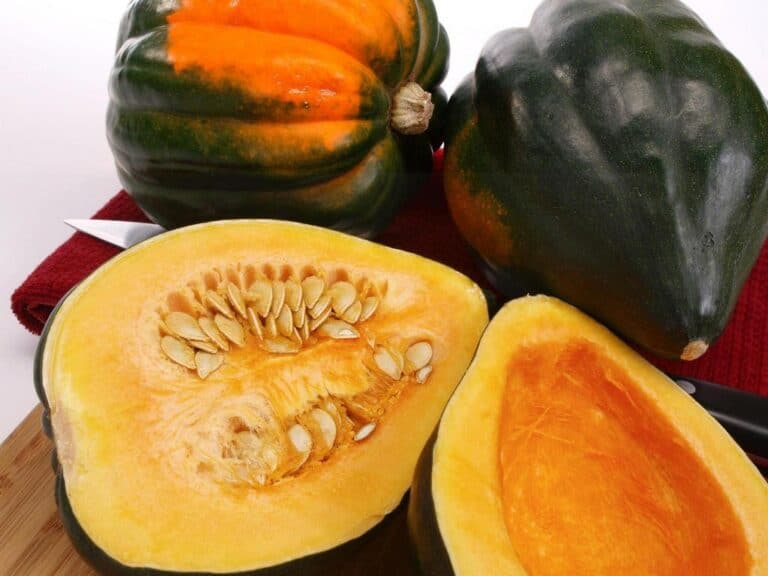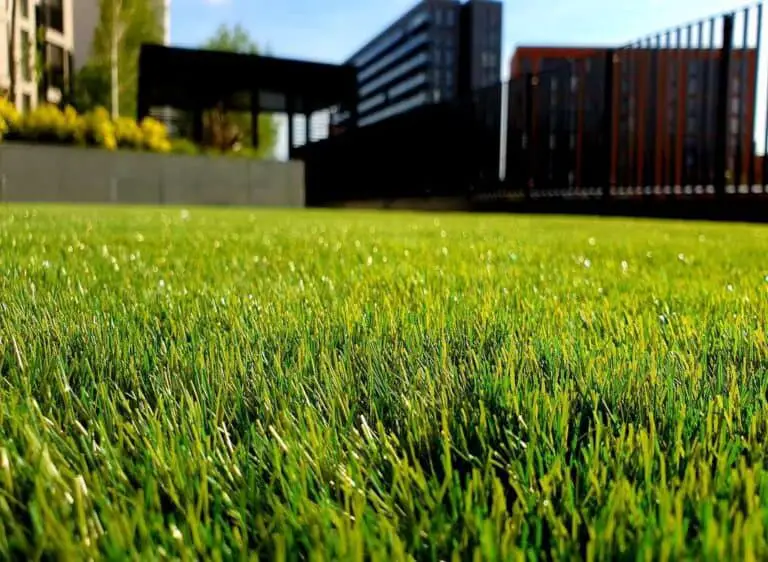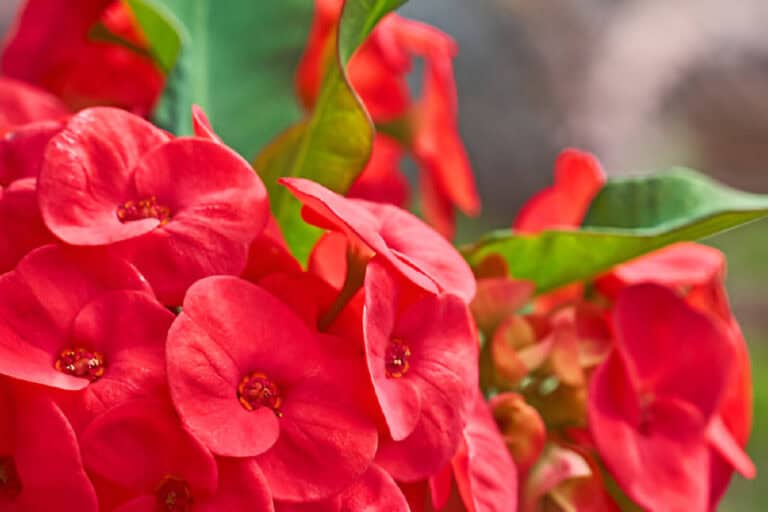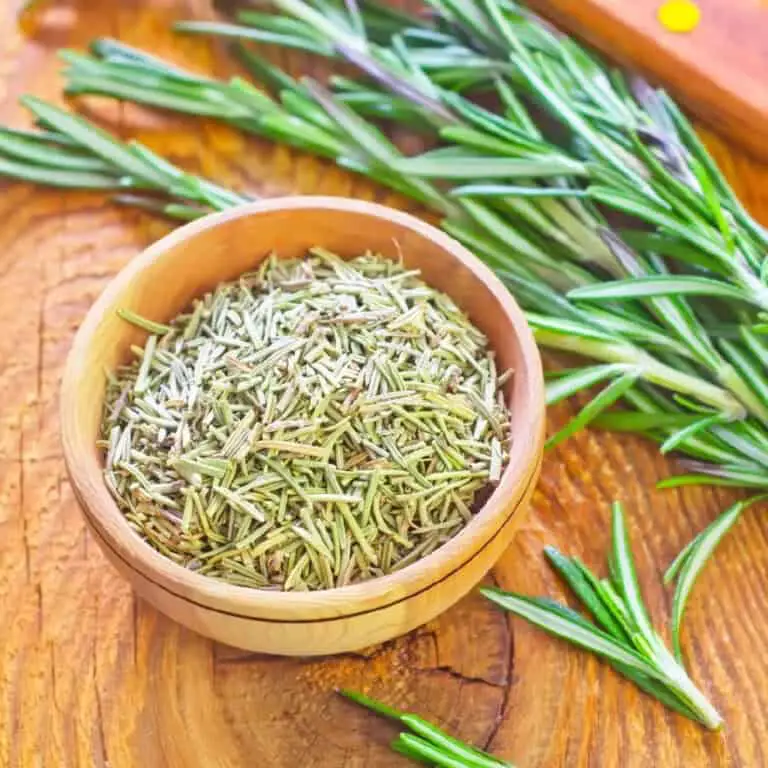Why Is My Daphne Losing Its Leaves? (And How to Treat Them)
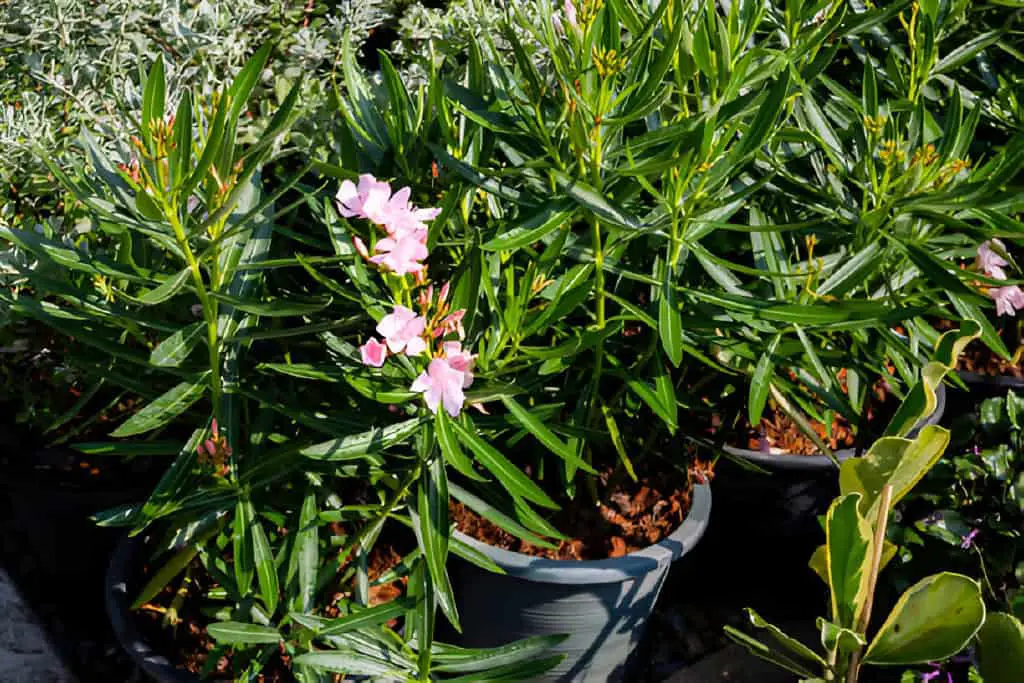
Have you noticed your once lush and vibrant Daphne plant shedding its leaves? It can be quite alarming to see this beautiful shrub in distress. Daphne plants are prized for their fragrant blooms and glossy green foliage, making them a favorite among gardeners. However, seeing your Daphne lose its leaves can be concerning. It may indicate hidden issues that need attention.
Understanding the underlying causes of leaf loss in your Daphne is crucial to its care and maintenance. By the end of this article, you’ll be equipped with the knowledge and techniques to help your Daphne thrive and flourish once again.
But fear not! In this article, we will explore why your Daphne might be losing its leaves. We will also give you treatments to restore its health and beauty.
Is It Normal for Daphne to Lose Leaves During Certain Seasons?
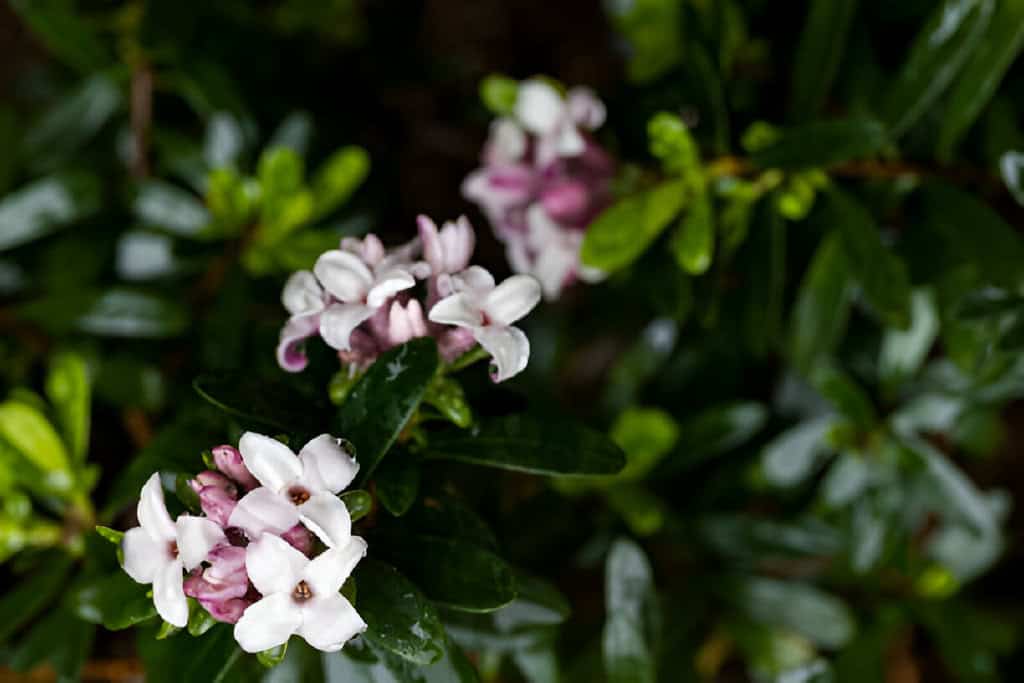
Yes, it is normal for Daphne plants to lose leaves during certain seasons, particularly in the fall and winter. During these seasons, Daphne undergoes a natural process called leaf abscission. Older leaves are shed to save energy and prepare for new growth in the next season. This shedding of leaves is a normal part of the plant’s life cycle and is not a cause for concern.
Also, environmental factors like changes in light, temperature, and humidity can also cause leaf loss in Daphne plants. For example, if the plant is exposed to cold temperatures or drafts, it may experience more leaf loss than usual. Similarly, if the plant is not receiving enough sunlight or is overwatered, it may also shed leaves as a response to stress.
To minimize leaf loss in your Daphne plant, put it where it gets enough sun. Also, protect it from harsh weather. Maintain consistent watering habits, allowing the soil to dry out slightly between waterings. Avoid overfertilizing, as this can also stress the plant and lead to leaf loss.
Common Reasons for Daphne Leaf Loss
- Environmental Stress: Daphne plants are sensitive to environmental changes. Sudden temperature changes, too much heat, or too much direct sunlight can stress the plant. This stress can lead to leaf drop.
- Watering Issues: Watering is a problem. Overwatering and underwatering hurt Daphne plants. Overwatering can drown the roots and cause root rot, while underwatering can lead to dehydration and leaf wilting.
- Pest Infestations: Aphids, scale insects, and spider mites are common pests that can attack Daphne plants. These pests feed on the plant’s sap, weakening its overall health and causing leaves to yellow and drop prematurely.
- Disease Problems: Disease is a problem. Fungal diseases like powdery mildew and leaf spot can affect Daphne plants. They cause leaf discoloration and eventual leaf drop if left untreated.
- Nutrient Deficiencies: Nutrient deficiencies are a lack of vital nutrients. They especially lack nitrogen, potassium, and magnesium. They cause yellowing leaves that eventually fall off. Proper fertilization is crucial to maintain Daphne’s overall health.
| Read: Why Is My Nandina Losing Its Leaves? |
How to Treat Daphne Leaf Loss
1. Assessing Environmental Conditions: Assess the plant’s location. Make sure it gets enough, but not too much, sunlight. Daphne plants thrive in partial shade with well-draining soil. Consider mulching around the base to maintain soil moisture and temperature stability.
2. Proper Watering Practices: Set a consistent watering schedule. Make sure the soil is moist, but not waterlogged. Use a moisture meter to monitor soil moisture levels and adjust watering frequency accordingly. Avoid overhead watering to prevent fungal diseases.
3. Managing Pest Infestations: Identify and treat pest infestations promptly. Use insecticidal soap or neem oil to control aphids and other soft-bodied pests. For big infestations, consult a pro pest control service. They can apply the right treatments safely.
4. Addressing Disease Issues: If you find fungal diseases, prune the affected leaves. Also, improve air flow around the plant. Apply fungicides labeled for use on Daphne plants according to package instructions. Remove and dispose of any diseased plant material to prevent further spread.
5. Give Fertilizer: Feed Daphne plants with a balanced fertilizer in early spring. Use one formulated for flowering shrubs. Follow manufacturer recommendations for application rates and frequency to provide essential nutrients and promote healthy foliage growth.
How Can I Tell if My Daphne Is Healthy Despite Losing Leaves?
Assessing the health of your Daphne plant despite leaf loss involves several key observations. Start by examining the overall appearance of the plant. A healthy Daphne will have sturdy branches and a bushy growth habit. While some leaf loss is normal, a healthy plant will still have a significant number of leaves that are green and vibrant.
Next, consider the plant’s growth pattern. A healthy Daphne will continue to produce new growth, even if it is losing some leaves. Look for new shoots and leaves sprouting from the branches. Additionally, check the plant for signs of pests or disease. Healthy Daphne plants resist pests and diseases. So, if you notice issues, it may indicate a health problem.
To maintain the health of your Daphne, proper care and maintenance are essential. Ensure your plant is planted in well-draining soil and receives adequate water and sunlight. Regular pruning can also help promote healthy growth and reduce stress on the plant. If you are unsure about the health of your Daphne, consider consulting with a professional gardener for guidance.
Conclusion
Understanding why your Daphne is losing its leaves is essential for effective treatment and restoration of its health. Fix environmental stressors and water well. Also, manage pests and diseases and provide good nutrition. This will help your Daphne plant regain its vitality and lush foliage.
Remember to check your plant often. Take proactive steps to keep it healthy all season. With proper care, your Daphne plant can thrive and continue to grace your garden with its beauty and fragrance for years to come.

